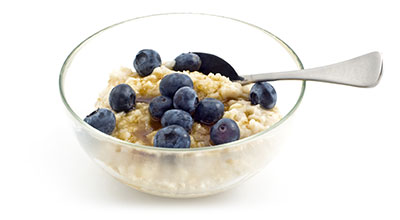Nutrition for Children
Nutrition Information for Children (Ages 1 to 5)
What does a serving size look like for children?
Now let’s see how much your child needs!
Remember that eating a variety of foods is just as important as getting the right amount of healthy foods.
Tips for Picky Eaters
Hey, do any of these statements sound like your child?
‘Ethan use to eat my vegetable soup, now he pushes it away.’
‘Mary won’t eat beef or any texture resembling meat.’
‘If it’s green, my kid won’t eat it.’
Always remember that no matter how stressed your child’s eating behavior makes you, picky eating is very common in children between the ages of 2 to 5 years old. If your child is growing normally, you shouldn’t worry. If you think your child’s eating behavior is resulting in weight loss, make an appointment with their Doctor.
What are some characteristics of picky eating?
First, picky eating is very common, so you are not alone! Picky eating is usually treated as a temporary issue that resolves before school age. If you’re a parent, this probably doesn’t put you at ease because dinner time with a picky eater can feel very stressful.
Try some the following tips to see if any of them are right for you and your child:
More Choices
Kids love choices because kids seek to control their environment. Instead of asking ‘Do you want asparagus today?’ ask ‘Which do you prefer for dinner, Asparagus or Broccoli?’
Little Grocery Store Helpers
When it comes to dinner, the process starts at the grocery store. Let your kids help you pick fruits and vegetables and be sure to communicate what they are picking will be a part of dinner, so they should try it.
Time to Cook
Depending on your child’s age, you can find jobs for them to do when cooking. Some kids will be more willing to try a food that they helped cook, especially if you call the dish a personalized name like, ‘Tyler’s Pasta Dish.’ Adding foods to the pot, stirring, or washing the vegetables are all good ways to get your child active with you in the kitchen. Just make sure to supervise at all times.
Make Dinner Time Fun
When trying to introduce a new food, some families will bring out that food before the main dish, kind of like an appetizer. Kids will be more willing to try a new food when they are a little hungrier. Having each person at the table take turns trying the food can help because kids love being apart of the action. Adults, feel free to be silly when you try your food. If it’s broccoli pretend like you’re a dinosaur eating a tree. It will be hard for a kid not to have fun with that.
Story Time with Food
Teach your kids about foods from around the world at Storytime. Finding books about food, is a good way to have your child become more familiar with new foods. For older kids, 4-5 year olds, learning about food-based professions, like a chef or a farmer, can be helpful as well.
Imagination: The Magic Wand
Try using your ‘Magic Wand’ to rename foods. Children may not like carrots and bananas, but they will probably try ‘Rocket Carrots’ or ‘Monkey Fuel.’
Grouping and Counting with Food
Put together a bowl of different color fruits and vegetables, and have your child count them and group them by color. This is especially helpful for those foods you have just given up on. Don’t pressure your child to try those foods, the goal is to form positive experiences and it could take some time before they feel comfortable trying the foods.
One at a Time
Ok, one of the tips above worked and you had a dinner time breakthrough! The instinct would be to offer more and more new foods. But, it’s a marathon and not a race. Try to only introduce one new food per meal.










































